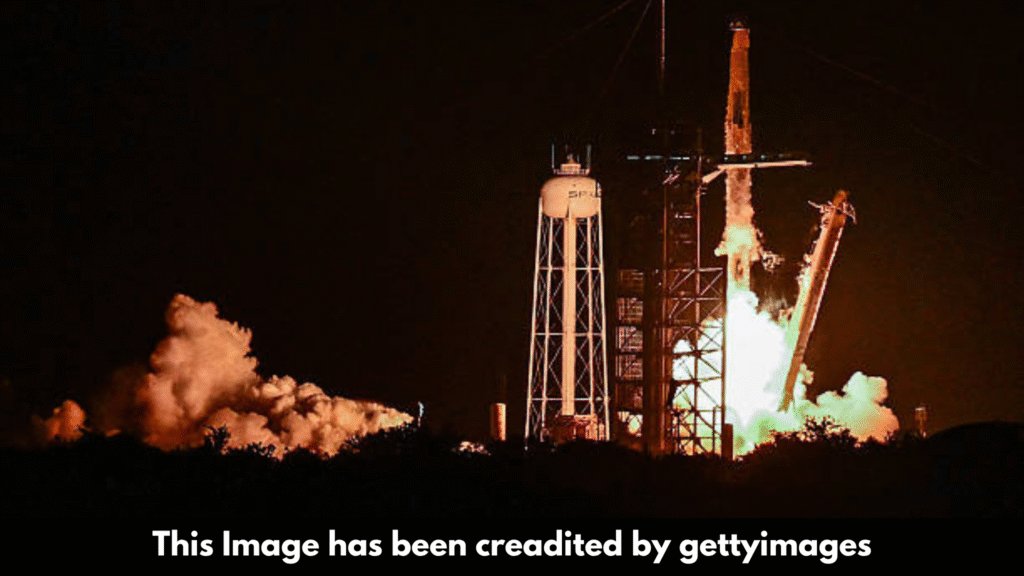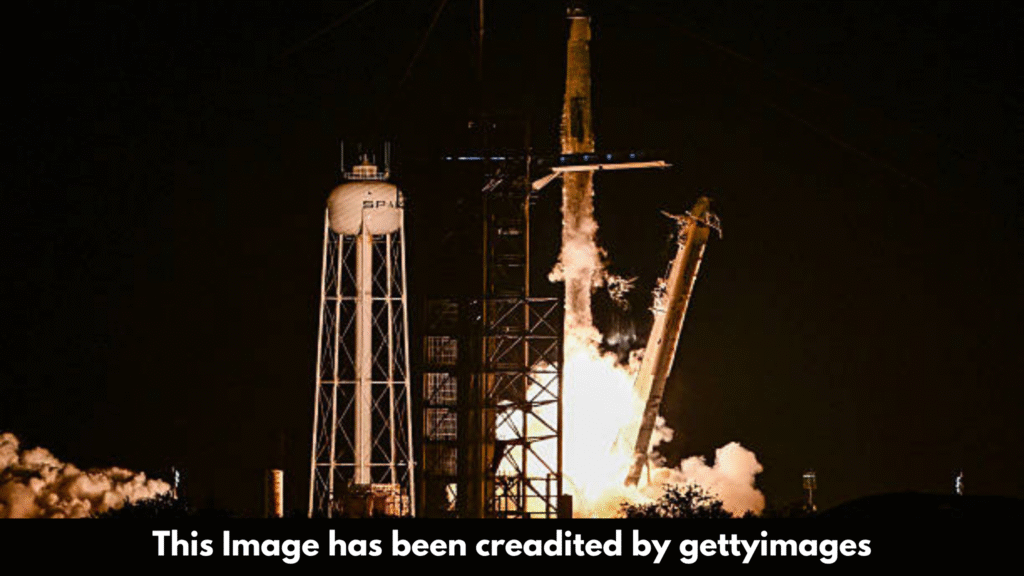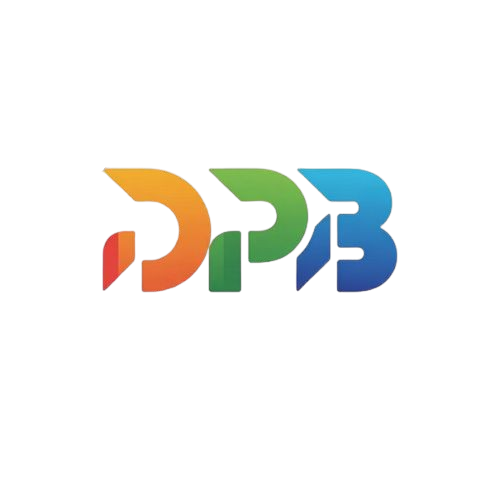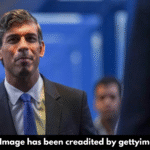SpaceX made history yet again with a spectacular Saturday doubleheader, launching two batches of Starlink satellites within just a few hours of each other. The company continues to push the boundaries of space accessibility, deploying more satellites to expand its global broadband internet network. Read More
Mission Overview: Back-to-Back Launches
On Saturday, [Insert Date], SpaceX successfully conducted two Falcon 9 launches from different coasts of the United States:
- First Launch (Starlink Group X-X) – Liftoff from Cape Canaveral Space Force Station, Florida
- Second Launch (Group X-X Starlink) – Taking launch from California’s Vandenberg Space Force Base
This marks another milestone in SpaceX’s rapid deployment strategy, bringing the total number of Starlink satellites in orbit to over 5,000.
Key Highlights of the Doubleheader Launch
| Feature | First Launch (Florida) | Second Launch (California) |
|---|---|---|
| Launch Time | [Insert Time] ET | [Insert Time] PT |
| Booster Used | Falcon 9 (B10XX) | Falcon 9 (B10XX) |
| Booster Landings | Drone Ship (ASOG/JRTI) | Drone Ship (OCISLY) |
| Satellites Deployed | 23 (V2 Mini) | 22 (V2 Mini) |
| Orbit | Low Earth Orbit (LEO) | Low Earth Orbit (LEO) |
| Mission Success | Yes | Yes |

First Launch: East Coast Deployment
The first Falcon 9 rocket lifted off from Space Launch Complex 40 (SLC-40) at Cape Canaveral, carrying 23 Starlink V2 Mini satellites. Its Xth recovery and reuse occurred when the first-stage booster made a successful landing on the Autonomous Spaceport Drone Ship (also known as the JRTI or ASOG) in the Atlantic Ocean.
Why This Launch Matters
- Expands Starlink’s coverage over the Eastern U.S. and Atlantic regions.
- Introduces next-gen V2 Mini satellites with improved bandwidth and performance.
- Demonstrates rapid reusability of Falcon 9 boosters.
Second Launch: West Coast Deployment
Just hours later, another Falcon 9 blasted off from Space Launch Complex 4E (SLC-4E) at Vandenberg, California, carrying 22 Starlink satellites into a polar orbit. The booster landed on the “Of Course I Still Love You” (OCISLY) drone ship in the Pacific Ocean.
Key Takeaways
- Enhances polar coverage, benefiting high-latitude regions.
- Supports maritime and aviation connectivity through SpaceX’s global network.
- Highlights SpaceX’s ability to manage multiple launches in a single day.
Starlink’s Growing Constellation
With these launches, SpaceX has now deployed over 5,000 operational Starlink satellites, making it the largest satellite constellation in history. The company aims to provide high-speed, low-latency internet to underserved regions worldwide.
Future Expansion Plans
- Gen2 Satellites: Larger, more powerful satellites to increase bandwidth.
- Direct-to-Cell Service: Enabling smartphone connectivity via satellites.
- Global Mobile Coverage: extending to ships, airplanes, and isolated locations.

Conclusion
SpaceX’s unrivaled launch cadence and dedication to creating a strong space-based internet network are demonstrated by its Saturday doubleheader. SpaceX is spearheading the global connection revolution with its quick reusability and ongoing advancements in satellite technology.
Stay tuned for more updates as SpaceX continues to push the boundaries of space innovation!







